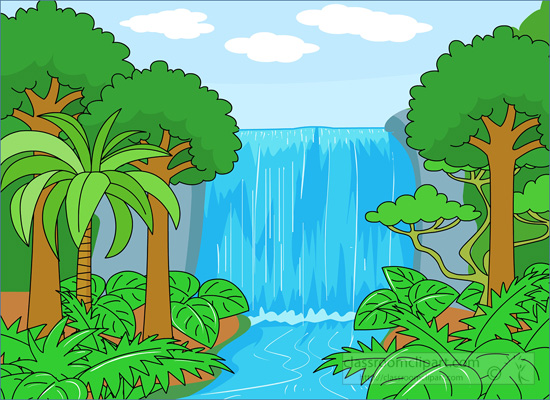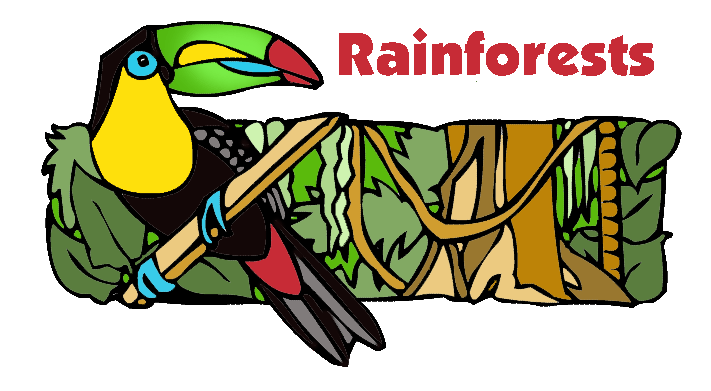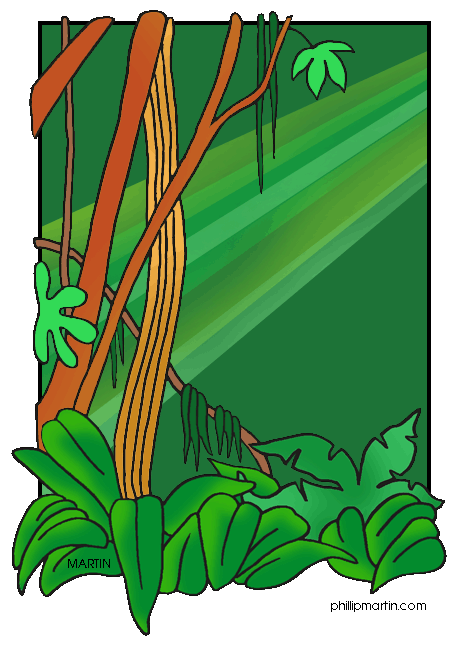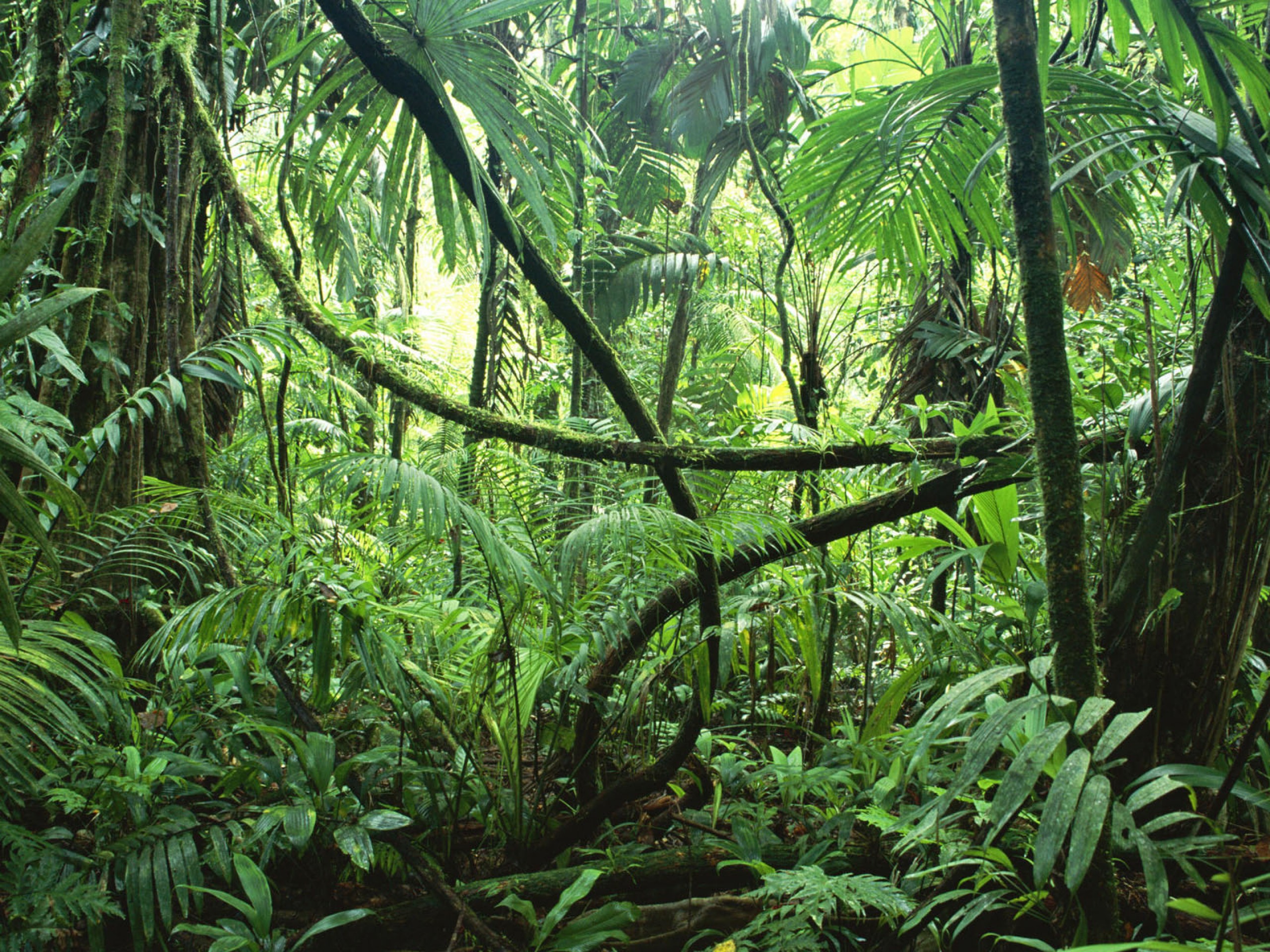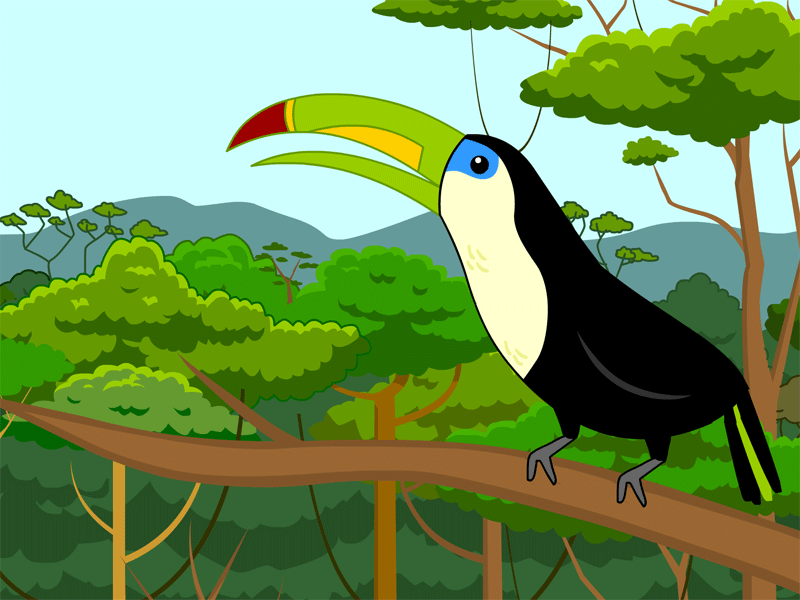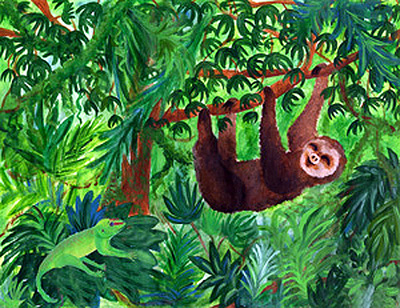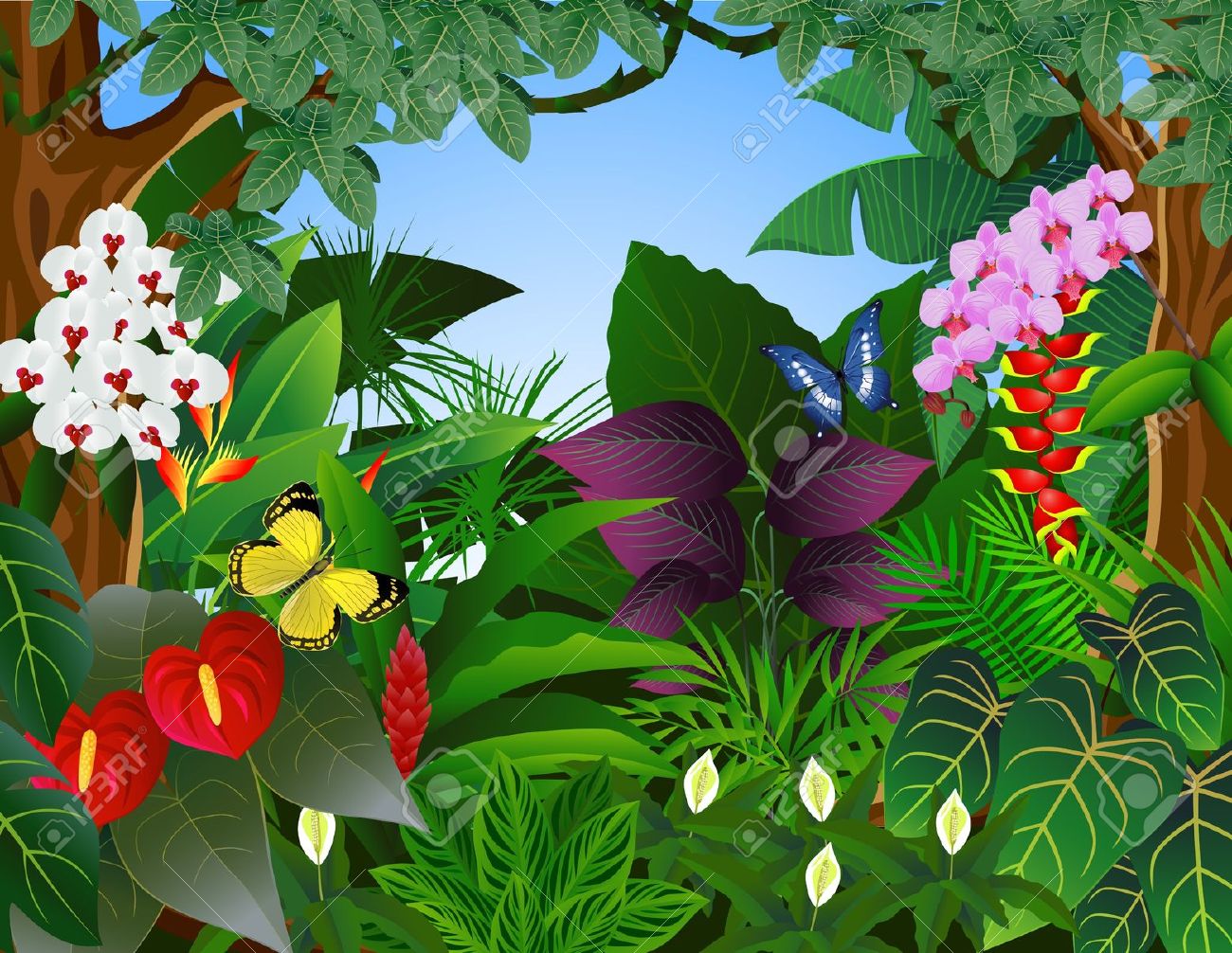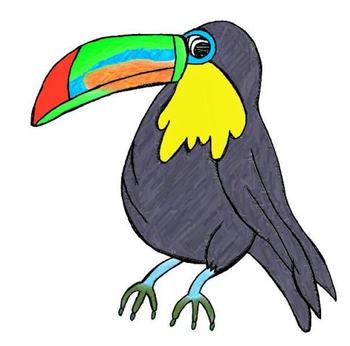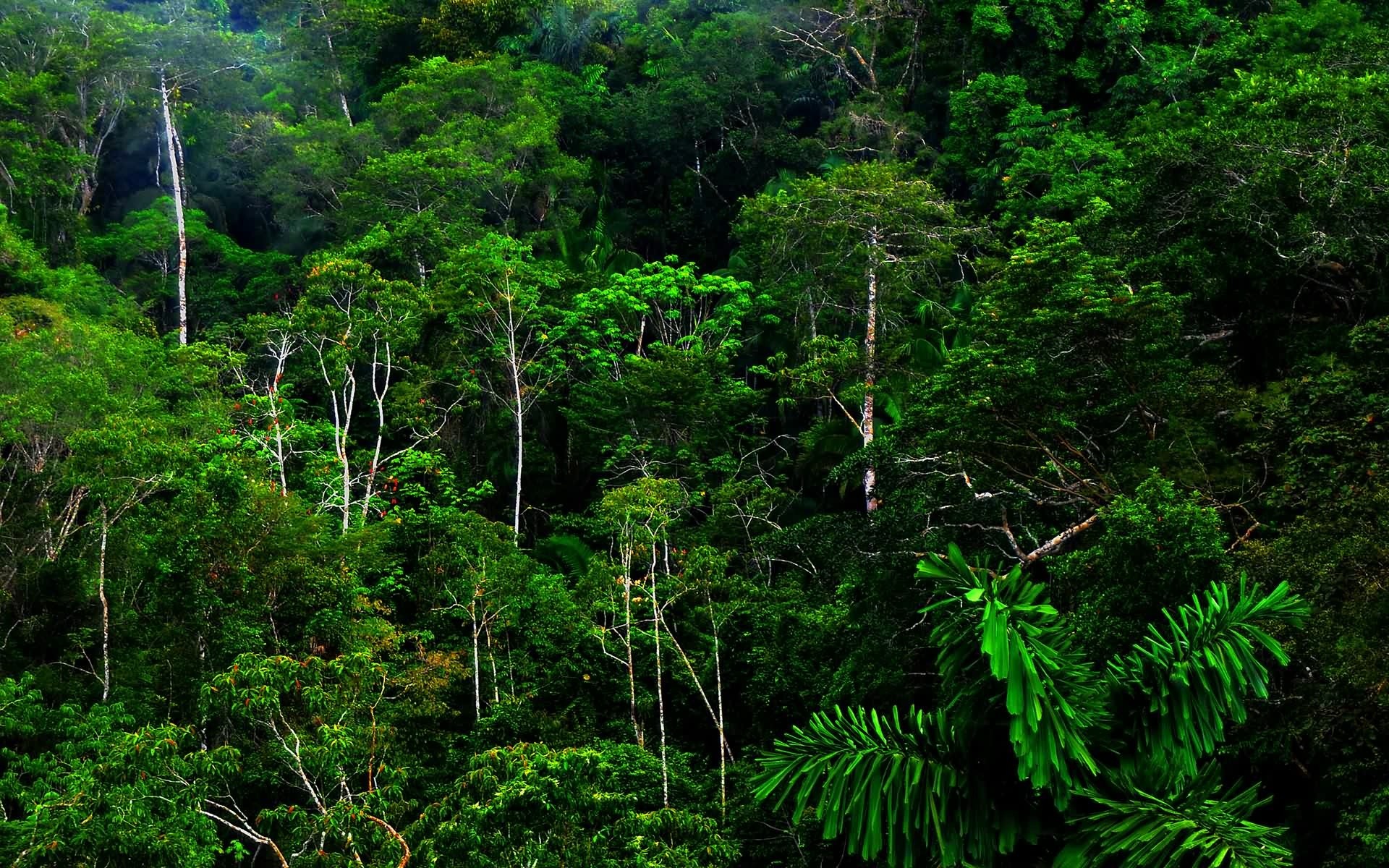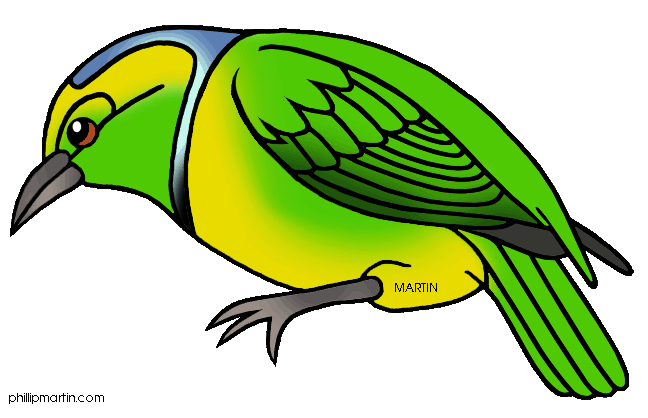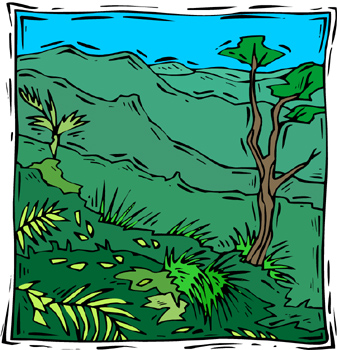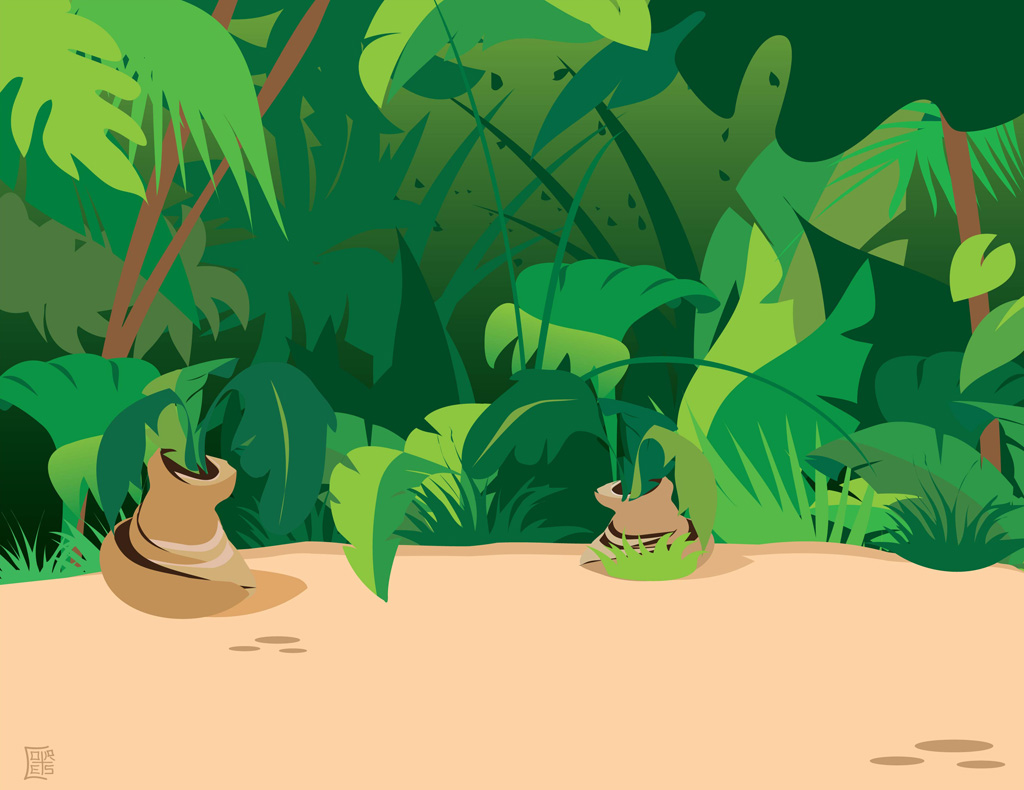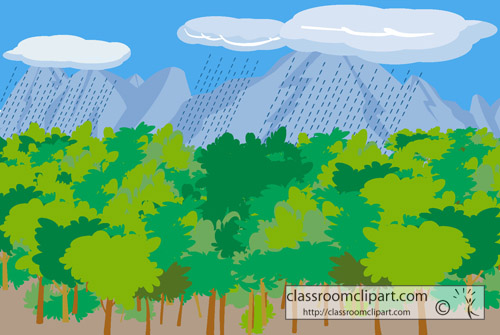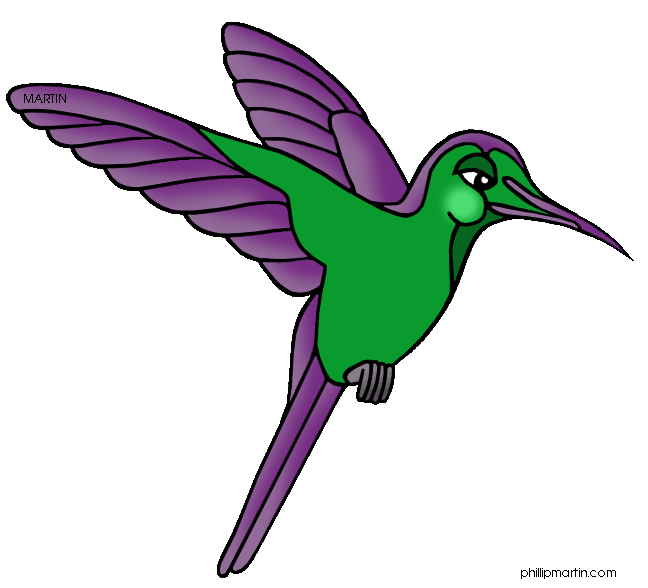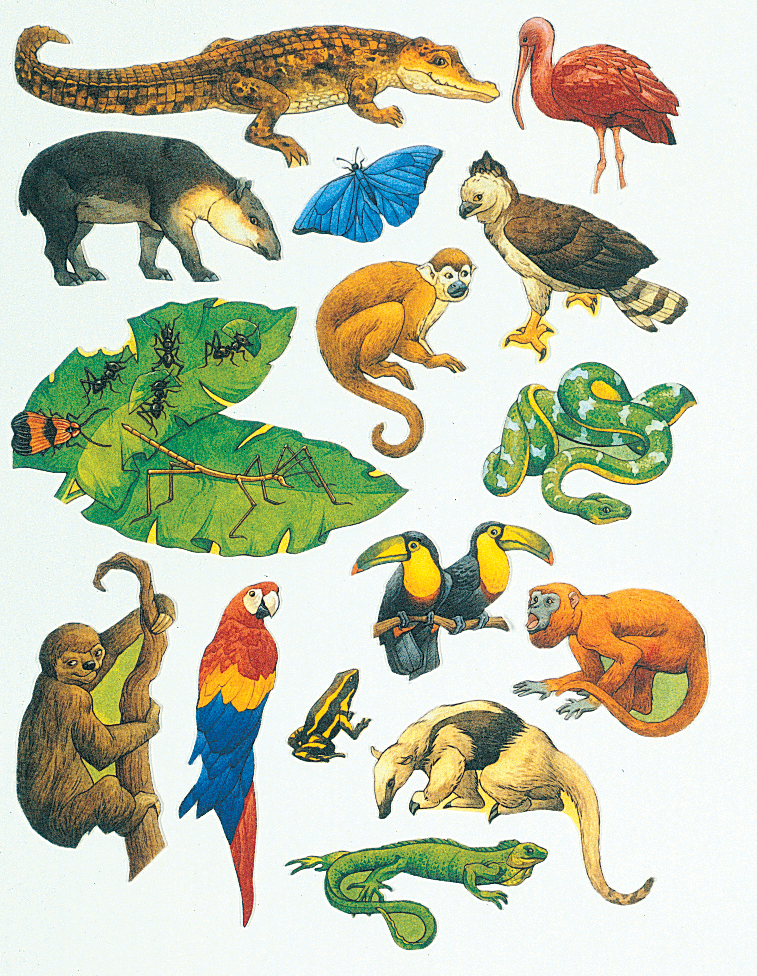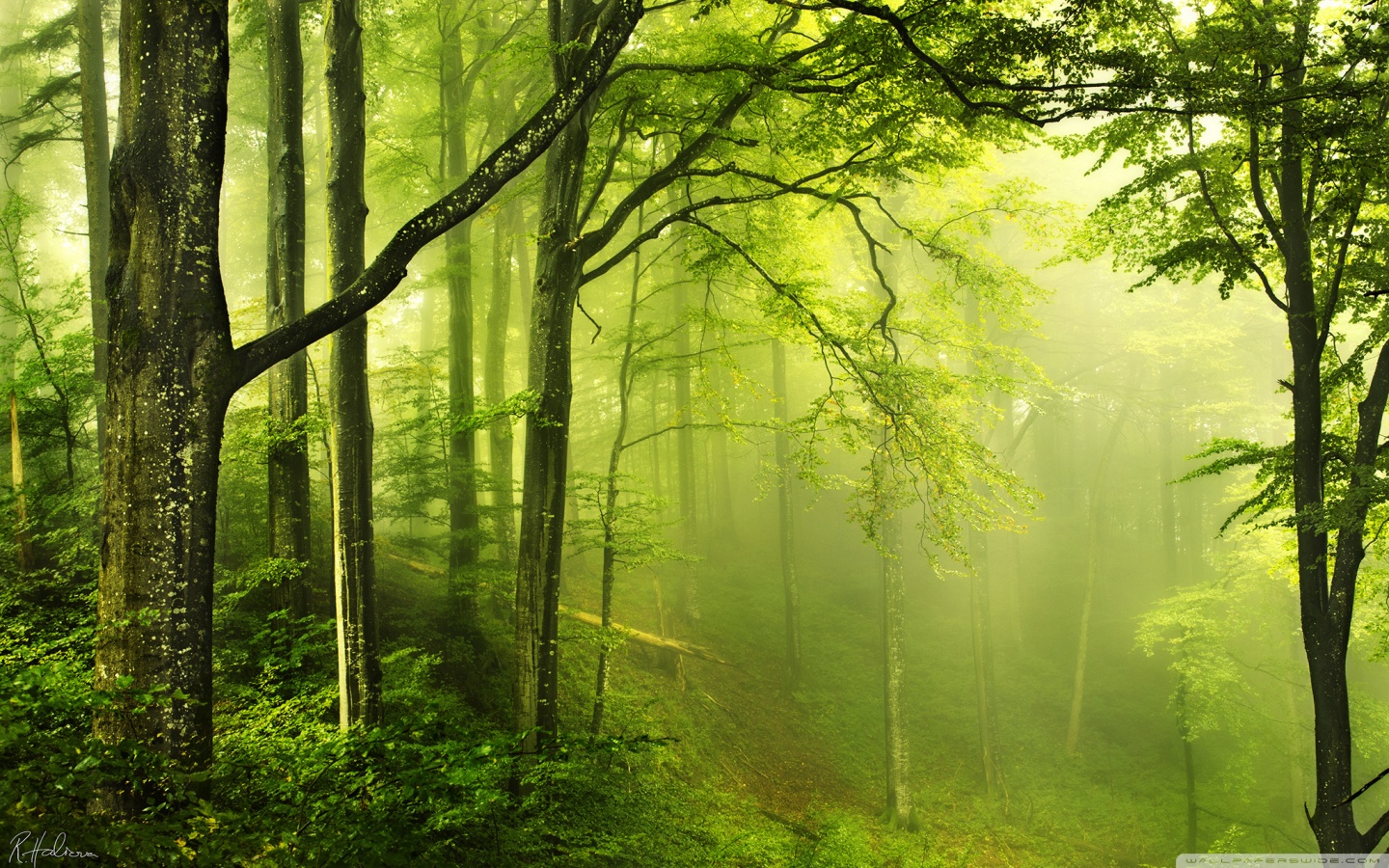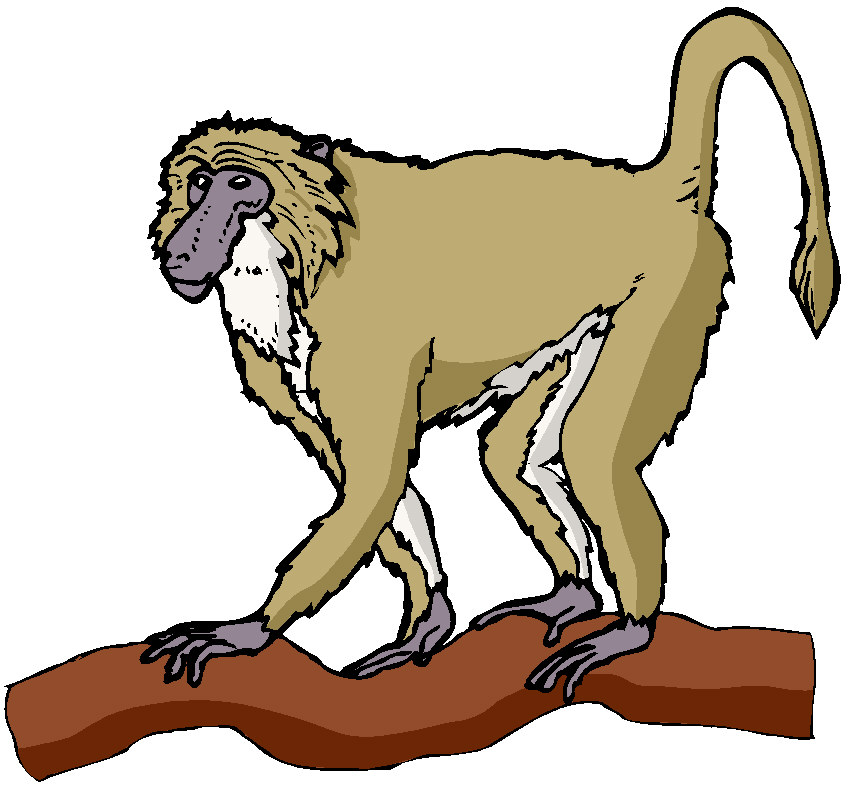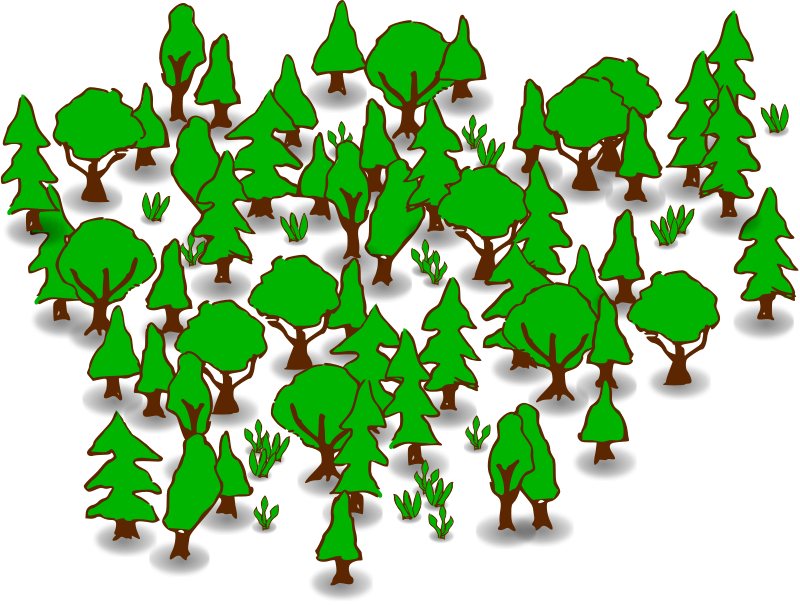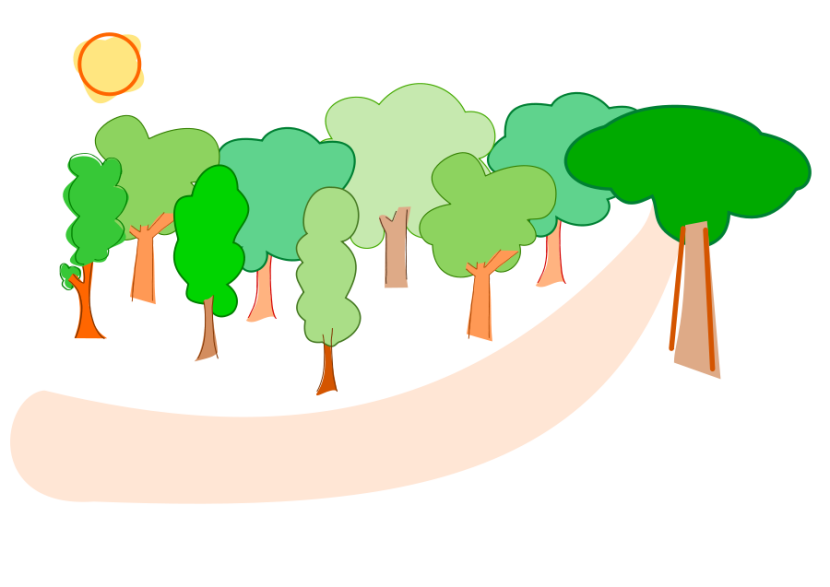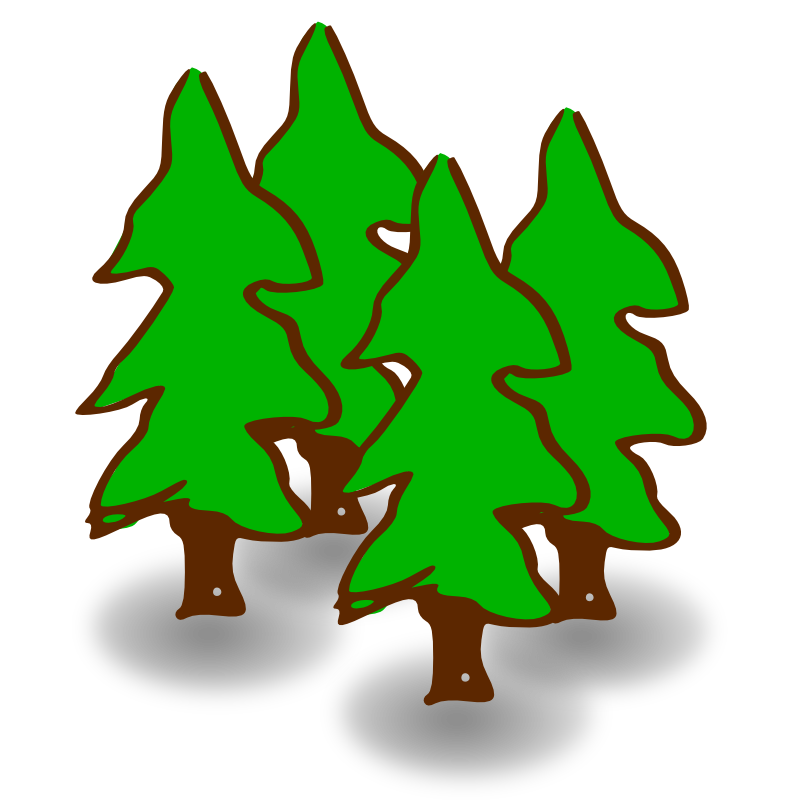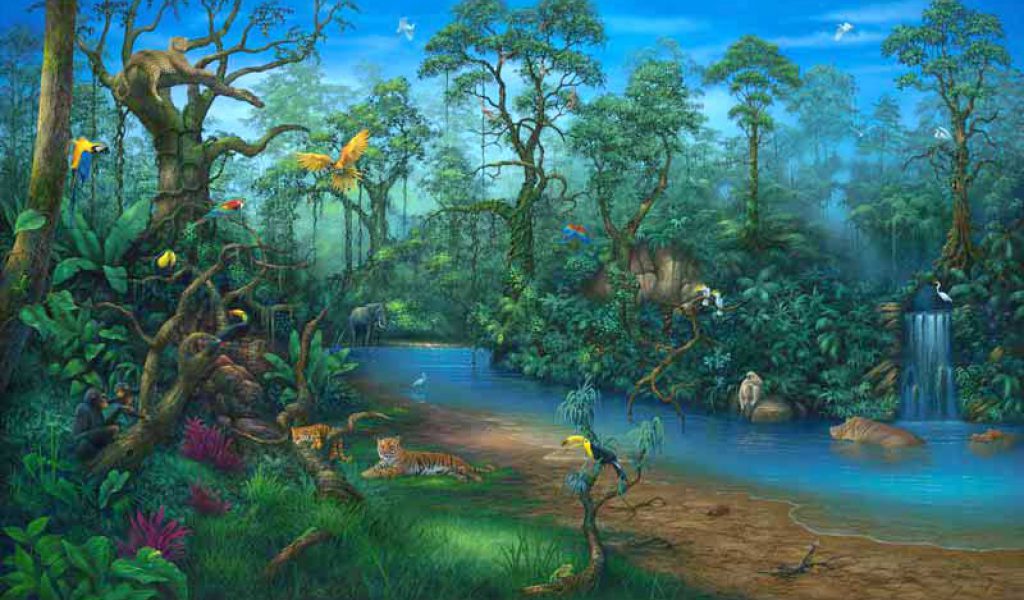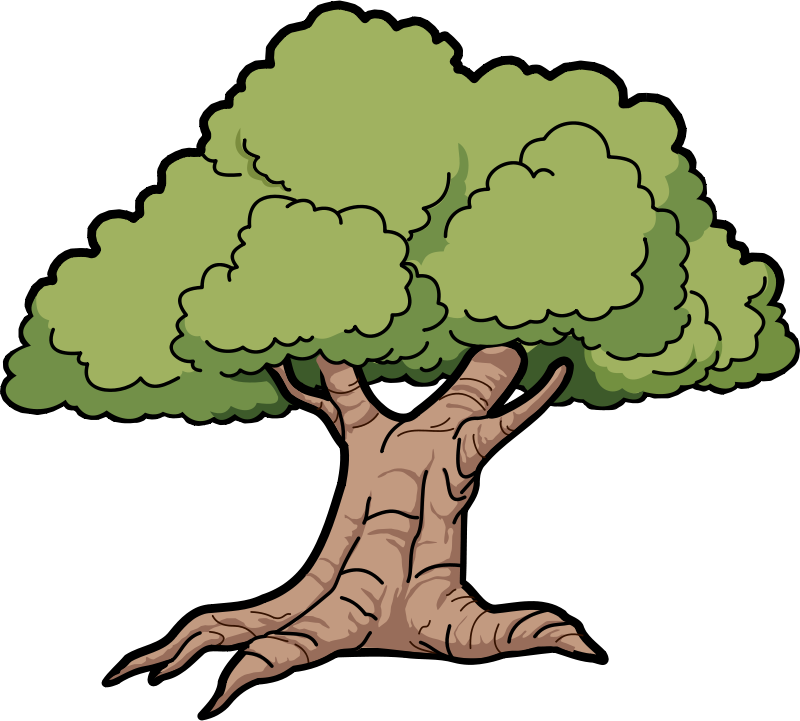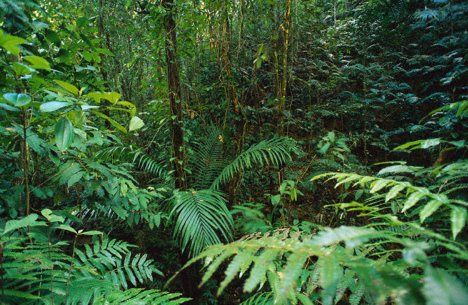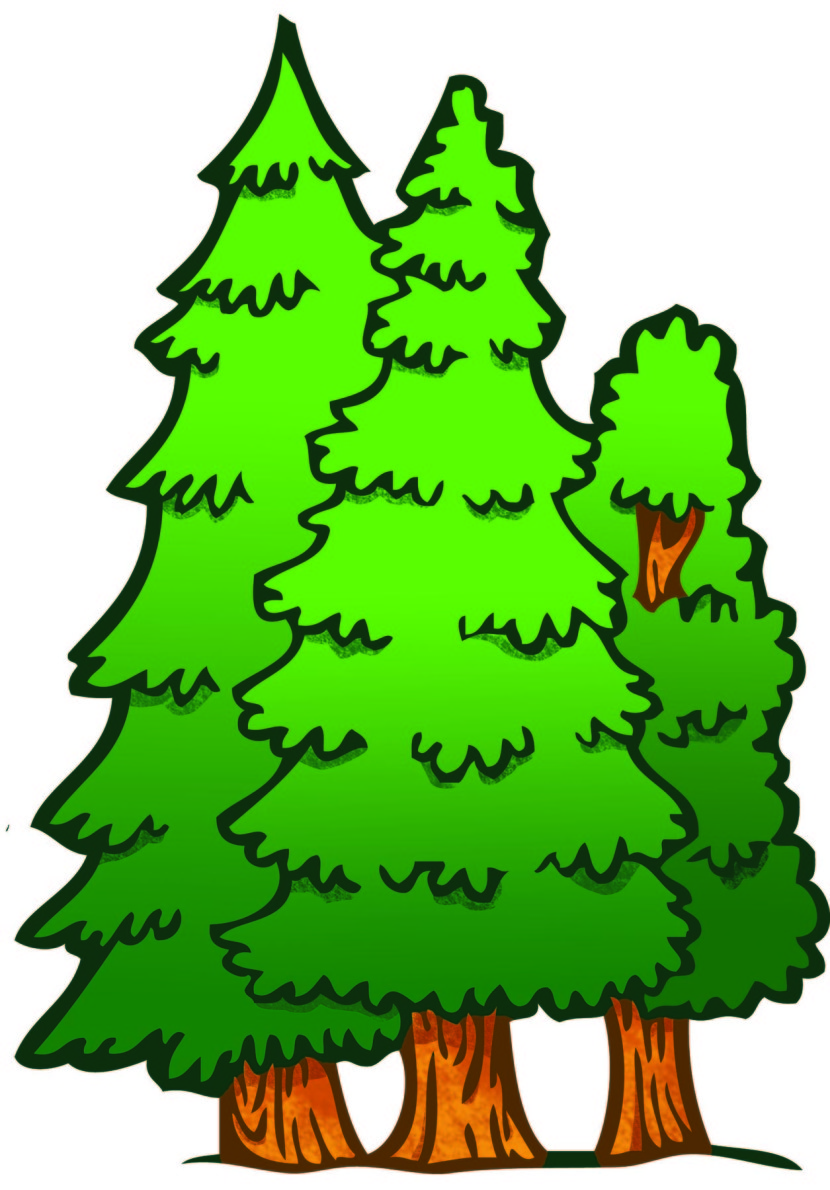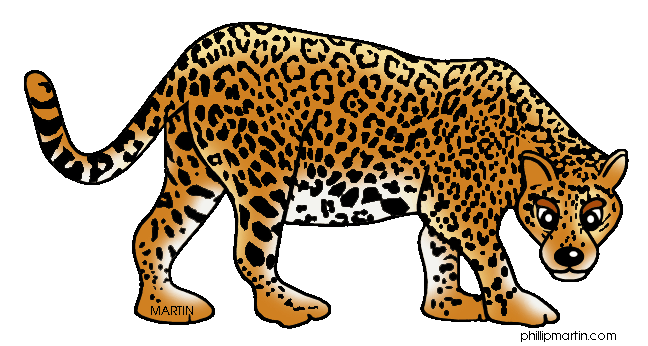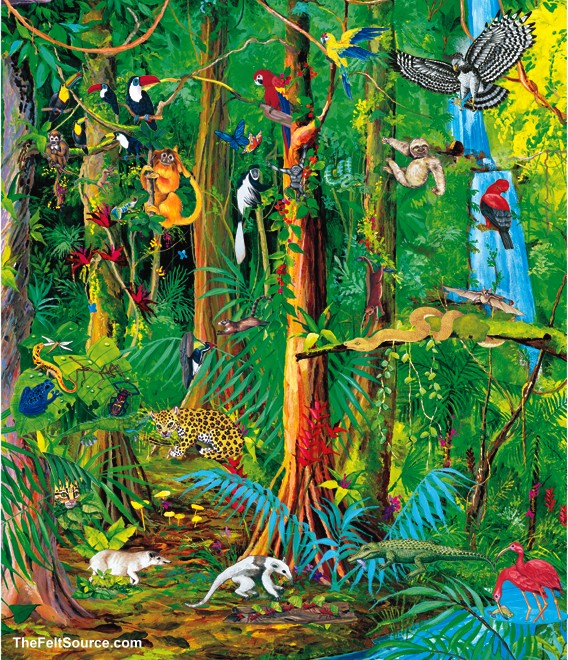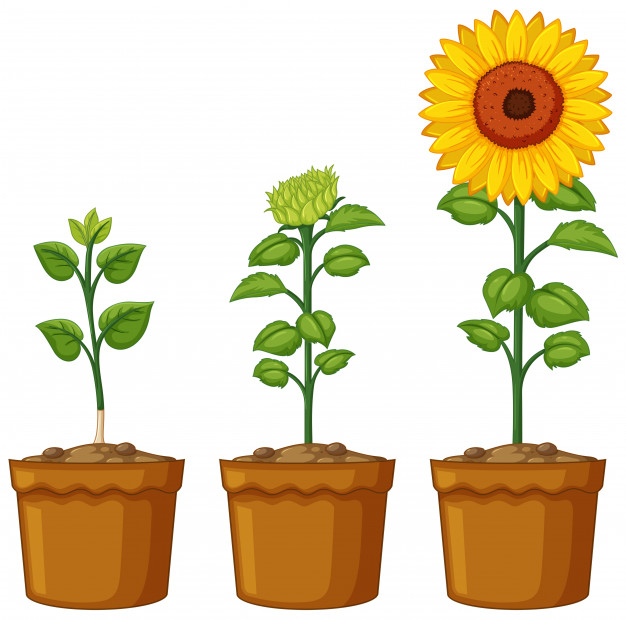Rainforest Clipart
Rainforest ecosystems are some of the most complex and diverse on the planet. They are found in tropical regions around the equator and are characterized by high levels of rainfall throughout the year. Rainforests are home to a plethora of plant and animal species, many of which haven't even been identified yet. They play a critical role in the global ecosystem, serving as important carbon sinks and regulating the climate.
Tropical rainforests are found in Central and South America, Africa, Southeast Asia, and parts of Australia. They cover less than 6% of the Earth's surface but are home to more than half of the world's plant and animal species. Rainforests are typically divided into four layers: the emergent layer, the canopy layer, the understory layer, and the forest floor. Each layer is home to a unique set of species and plays a different role in the ecosystem.
The emergent layer is the topmost layer and is made up of the tallest trees that rise above the canopy layer. These trees can grow up to 200 feet in height and are home to a variety of bird and monkey species. The canopy layer is the most well-known of the rainforest layers and is made up of a thick layer of leaves and branches. This layer provides a habitat for a wide variety of species, including insects, birds, snakes, and small mammals.
The understory layer is the layer below the canopy and is characterized by dim and humid conditions. It is home to a variety of understory shrubs, small trees, and ferns. Many species of reptiles, amphibians, and small mammals live in this layer. The forest floor is the bottom layer of the rainforest and is made up of a layer of decomposing leaves and other organic material. It is home to a variety of decomposers, such as fungi and insects.
One of the most important functions of rainforests is their ability to store carbon and regulate the world's climate. Rainforests act as carbon sinks by absorbing and storing large amounts of carbon dioxide from the atmosphere. Deforestation – the destruction of rainforests for agriculture, logging, and other human activities – releases this carbon back into the atmosphere, contributing to global warming. About 17% of global greenhouse gas emissions are due to deforestation.
Another function of rainforests is their role in maintaining the global water cycle. Rainforests are often referred to as the "lungs of the Earth" because they produce a large amount of oxygen through photosynthesis. They also play a critical role in regulating the amount of rainfall in the region. Trees in the rainforest absorb water from the soil and release it back into the atmosphere through transpiration. This process helps to create rainfall, which nourishes the trees and other plants in the ecosystem.
Rainforests are also significant for their role in providing habitat for a vast array of plant and animal species. Scientists estimate that rainforests are home to more than half of the world's plant and animal species. Many of these species are unique to rainforests and cannot be found anywhere else in the world. Rainforests are also home to Indigenous communities who rely on the ecosystem's resources for their livelihoods. Indigenous peoples have a deep understanding of the rainforest and its unique ecology and are often key advocates for conservation.
Rainforests are facing a series of threats, including deforestation, climate change, and illegal hunting and logging. Deforestation is the most pressing threat facing rainforests and is responsible for the loss of millions of acres of forest every year. Deforestation not only releases carbon back into the atmosphere but also destroys the habitat of countless species and threatens the livelihoods of Indigenous communities.
Rainforests are a vital component of the global ecosystem and provide numerous benefits to people and the environment. They serve as carbon sinks, help to regulate the climate, and provide habitat to numerous plant and animal species. Conservation efforts are necessary to protect rainforests and the critical services they provide. Reducing deforestation, promoting sustainable land use practices, and supporting Indigenous communities in their efforts to protect rainforests are all steps toward preserving these essential ecosystems for future generations.
60 Rainforest Clipart vector / images. Browse the popular clipart of rainforest and get Rainforest Clipart for your personal use. Please share these Rainforest Clipart to your friends if it is useful.
